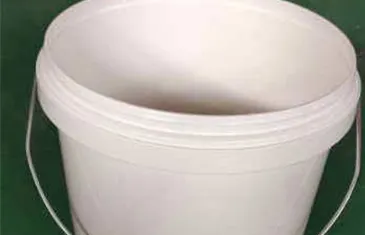-
 Phone:
Phone: -
 Email:
Email:

chain fence supplies
Understanding Chain Fence Supplies A Comprehensive Guide
When it comes to securing your property, enhancing its aesthetic appeal, and ensuring safety, a chain link fence can be an incredibly practical solution. These fences are not only durable and cost-effective but also versatile, making them a popular choice for both residential and commercial properties. In this article, we’ll explore the essential supplies needed for installing and maintaining chain link fences, as well as tips for getting the best results.
Essential Supplies for Chain Link Fencing
1. Chain Link Fabric The most fundamental component of a chain link fence is, of course, the chain link itself. This material typically comes in rolls of various heights and gauges. The gauge refers to the thickness of the wire, with lower numbers indicating a thicker wire. Depending on your privacy and security needs, you can choose between different heights and gauges of fabric.
2. Posts Chain link fences require sturdy support to withstand various weather conditions and potential impacts. Galvanized steel posts are the most common type used, providing both strength and resistance to rust. The size of the posts you choose largely depends on the height and gauge of the chain link fabric. Generally, terminal posts (which are located at the ends and corners of the fence) must be thicker than line posts (which run between terminal posts).
3. Top Rails These horizontal pieces sit at the top of the chain link fabric, connecting all the posts and providing additional stability to the fence. Top rails can be made of steel or aluminum and should be chosen to match the dimensions of your posts and fabric.
4. Barbed Wire or Privacy Slats If you are looking for additional security or privacy, consider adding barbed wire or privacy slats. Barbed wire can deter intruders, while slats can be inserted into the chain link fabric to block visibility, offering more seclusion.
5. Gates Gates are essential for any fenced area, allowing access while maintaining security. Chain link gates come in various sizes and styles, including single and double gates. Ensure that the gate you choose matches the overall height and design of your chain link fence.
6. Fittings and Accessories A variety of fittings are needed to assemble your chain link fence, including tension bands, tie wires, and hinges. These accessories are crucial for securing the chain link fabric to the posts and ensuring that the gate functions smoothly.
chain fence supplies

7. Concrete For durability and stability, posts should be anchored in concrete. This prevents them from shifting or falling over time, especially in adverse weather conditions. Make sure to use a high-quality concrete mix to ensure long-lasting support.
Installation Tips
When installing a chain link fence, proper planning is essential. Begin by surveying your property to define the boundaries clearly. Consult local zoning laws to understand any restrictions or regulations you must follow.
Next, mark the layout using stakes and string to ensure a straight line. Prepare the post holes, making sure they are deep enough to provide stability (typically one-third of the post height should be below ground level). Once the posts are set in concrete, attach the top rails followed by the chain link fabric.
Maintenance
Maintaining a chain link fence is relatively simple. Regularly inspect for rust or corrosion and apply protective paint or coatings to extend its lifespan. Clean the fabric and posts with water and a mild detergent to keep the fence looking fresh.
Conclusion
Chain link fences offer an affordable and effective solution for property security and delineation. By understanding the essential supplies and proper installation techniques, you can create a long-lasting fence that meets your needs. Remember, taking the time to plan and use quality materials will make all the difference in achieving a successful chain link fencing project. Whether you’re a DIY enthusiast or hiring professionals, understanding these fundamentals can lead to a rewarding experience.
-
Wire Mesh for Every Need: A Practical SolutionNewsJul.25,2025
-
Steel Fences: Durable, Secure, and Stylish OptionsNewsJul.25,2025
-
Roll Top Fencing: A Smart Solution for Safety and SecurityNewsJul.25,2025
-
Cattle Farm Fencing Solutions for Maximum SecurityNewsJul.25,2025
-
Affordable Iron Binding Wire SolutionsNewsJul.25,2025
-
Affordable Galvanized Wire SolutionsNewsJul.25,2025
-
Wire Hanger Recycling IdeasNewsJul.25,2025








